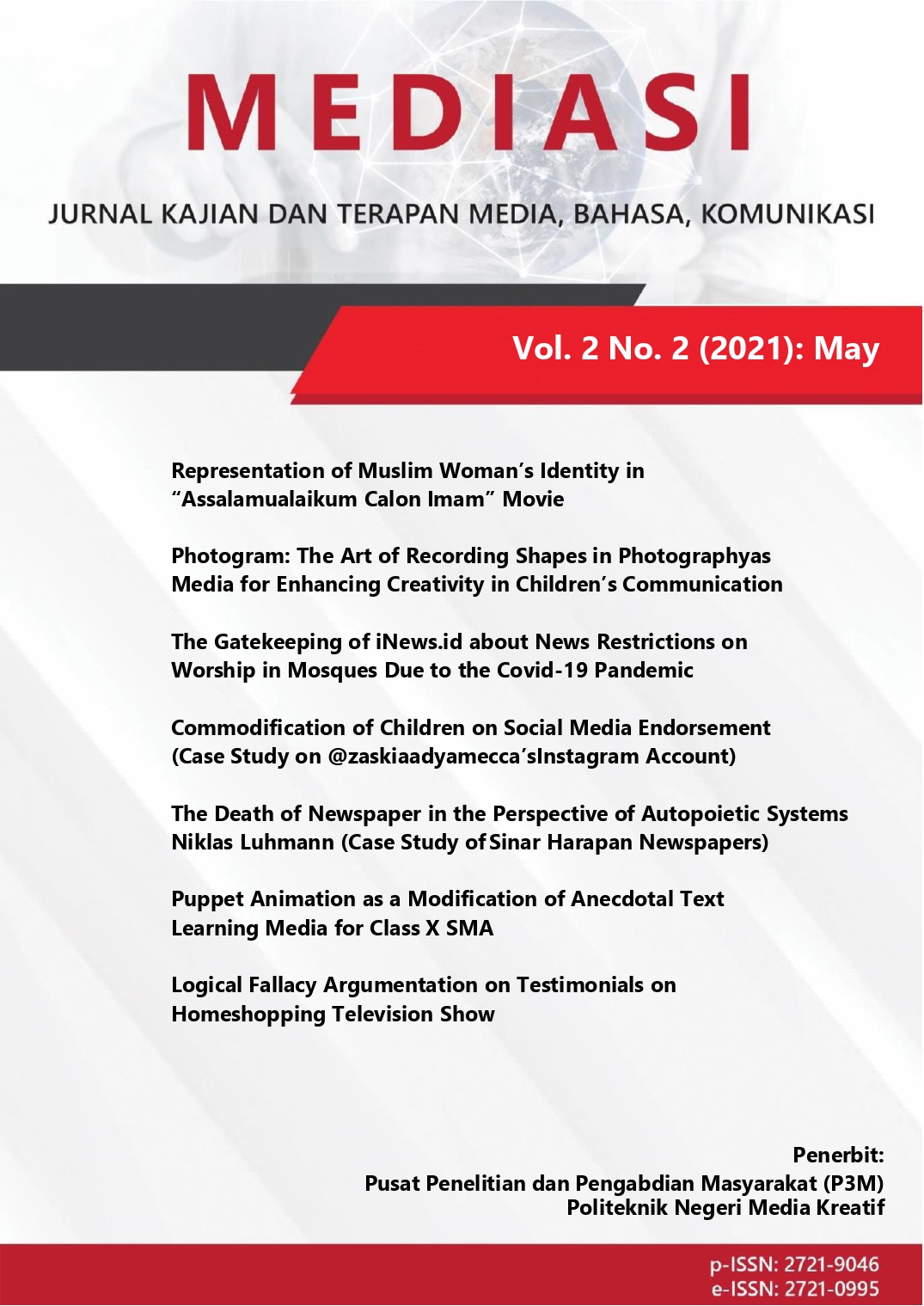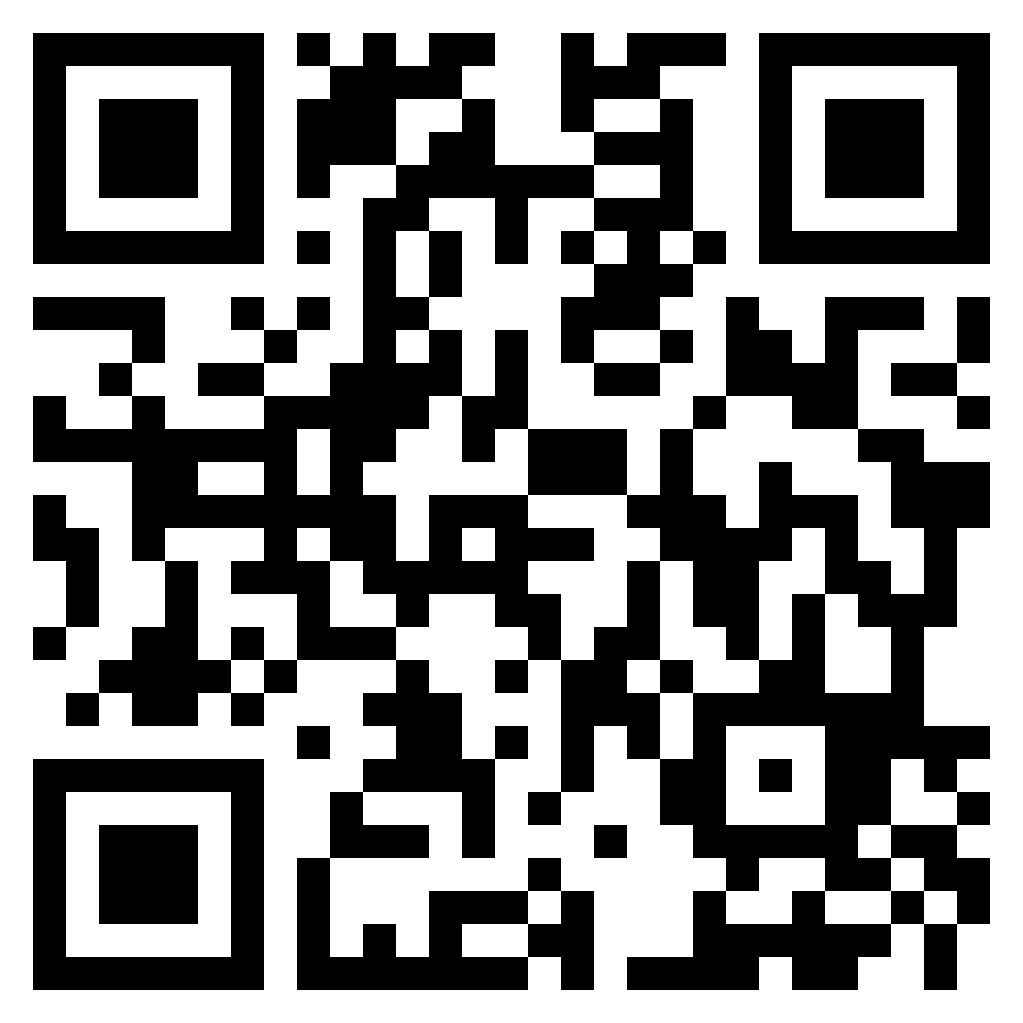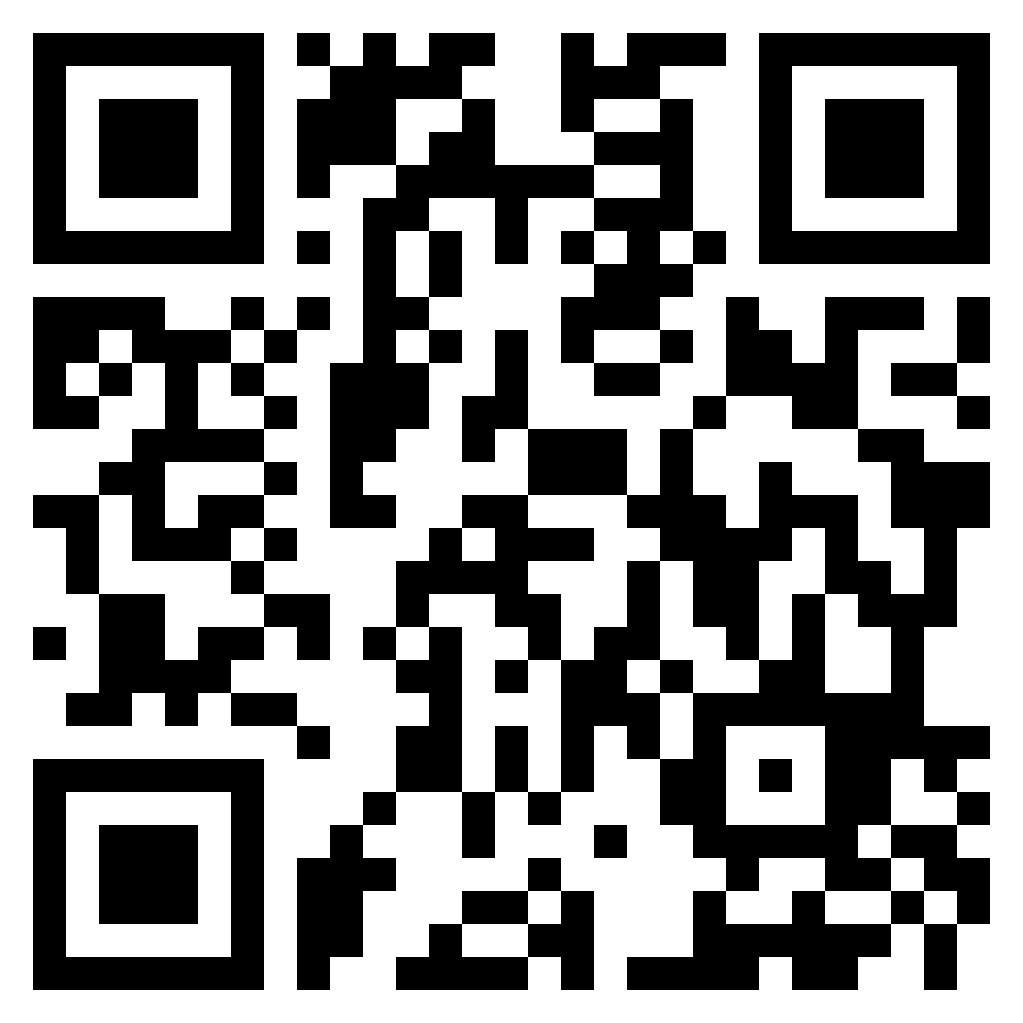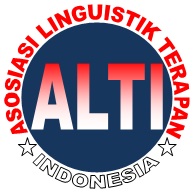Photogram: The Art of Recording Shapes in Photography as Media for Enhaching Creativity in Children's Communication
DOI:
https://doi.org/10.46961/mediasi.v2i2.363Keywords:
photogram, kreativitas, komunikasi,Abstract
Photogram is a technique that produces images without using a camera as an image recording aid. However, it makes more use of sunlight and chemicals as recording materials. The photos from this photogram are in the form of a silhouette or an outline of the object being recorded. Considering the dangers of chemicals for children, using natural dyes is friendlier to them. Therefore, the process of conveying messages through photographs by children can run well. This study aims to analyze the 4P elements (Personal, Process, Press, Product) of photogram's work as an enhancer of creativity in children's communication. This study uses a descriptive qualitative approach which will elaborate the data by describing them into sentences. The technique of collecting data is in the form of observing photogram works, documenting the work and looking for references through literature study. The photographic works produced by the children will be studied in terms of creativity by describing the 4P elements. Apart from that through the photographic works produced by these children, it can be concluded that creativity arises because of one's own interaction with the environment which is then processed and supported by the people around them and the environment so that it becomes creative photogram work. It is also intended that photogram can become an alternative media in honing children's creativity in communicating with their environment.
References
Americana Corporation. (1975). The Encyclopedia Americana. USA: Under Inter-American Copyright Union.
Corrie. (2018, April 24). Peran Fotografi sebagai Media Komunikasi. Artikel daring dapat diakses pada https://pakarkomunikasi.com/peran-fotografi-sebagai-media-komunikasi.
Irwandi & Edial Rusli. (2010). Old Print: Karya Fotografi Menuju Ekonomi Kreatif. Yogyakarta: Gama Media.
Munandar, S. C. Utami. (2002). Kreativitas dan Keberbakatan. Jakarta: Gramedia Pustaka Utama.
Nugroho, R. Amien. (2016). Kamus Fotografi. Yogyakarta: Penerbit Andi.
Soedjono, Soeprapto. (2010). Pot-Pourri Fotografi. Jakarta: Universitas Trisakti.
Supriadi, D. (1994). Kreativitas: Kebudayaan dan Perkembangan Iptek. Bandung: Alfabeta.
Downloads
Published
How to Cite
Issue
Section
Citation Check
License
You are free to:
- Share — copy and redistribute the material in any medium or format
- Adapt — remix, transform, and build upon the material
- The licensor cannot revoke these freedoms as long as you follow the license terms.
Under the following terms: Attribution; NonCommercial; and no additional restrictions.















